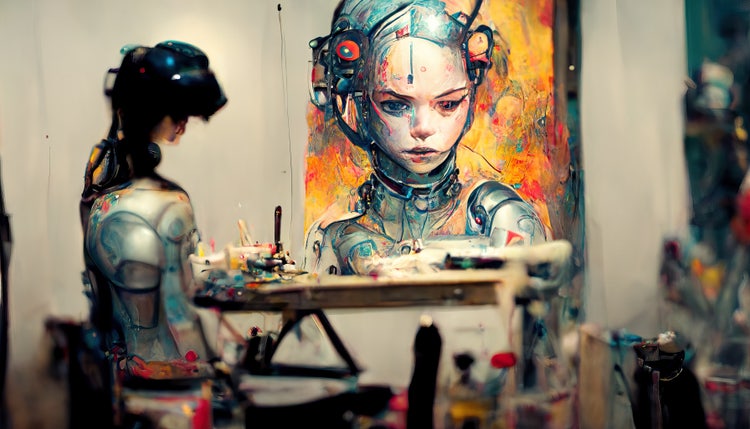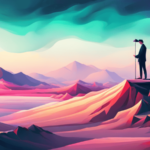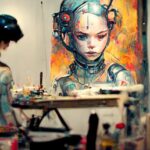The future of art is an intriguing topic that sparks both excitement and apprehension. As technology continues to advance at an astonishing rate, one cannot help but wonder what it means for traditional art forms and the role of designers in this evolving landscape. Will art, as we know it, be replaced by digital creations, or will it find innovative ways to thrive alongside new mediums? And, perhaps more importantly, what benefits can designers bring to this future of art?
Firstly, let’s address the concerns surrounding the potential disappearance of traditional art forms. While it is true that technology has opened up a wealth of opportunities for digital creations, it does not necessarily mean the end of traditional art. In fact, we have seen a resurgence of interest in traditional techniques and mediums, as people seek a balance between the tangible and the digital.
Moreover, many contemporary artists are embracing technology as a tool rather than a threat. They use it to amplify their creative expressions, experiment with new methods, and redefine what art can be. This fusion of technology and art often brings forth stunning and thought-provoking works that push boundaries and challenge our perception of what constitutes “art.”
This is where designers play a crucial role in the future of art. Designers possess a unique skill set that enables them to bridge the gap between traditional and new media. Their expertise in combining aesthetics and functionality can enhance the digital art experience, making it more accessible and engaging for both creators and audiences.
Designers can collaborate with artists to develop interactive installations, virtual reality experiences, or immersive exhibits, creating multi-sensory environments that elevate the traditional gallery visit. By merging art and technology, they invite viewers to actively participate in the creative process and create truly immersive and memorable encounters.
Furthermore, designers bring a fresh perspective to art, pushing for inclusivity and accessibility. They understand the importance of making art accessible to diverse audiences, using design principles to eliminate barriers and create more inclusive experiences. This can range from developing user-friendly art apps to designing exhibits with accessibility features for individuals with disabilities.
The benefits designers bring to the future of art extend beyond collaborations with artists and inclusive experiences. They also have a crucial role in shaping the digital platforms and tools that artists use to create and exhibit their work. Designers can develop user-friendly interfaces, intuitive software, and innovative digital tools that empower artists to explore their creativity fully.
In conclusion, the future of art stands on the precipice of an exciting and dynamic era. While technology may introduce new mediums and possibilities, traditional art forms will persist and evolve alongside digital innovations. Designers have a pivotal role to play in this evolving landscape, as they possess the skills and vision to bridge the gap between tradition and innovation. Their expertise in merging art and technology not only enhances the art experience but also promotes inclusivity, accessibility, and empowers artists to push boundaries and explore new creative frontiers. The future of art is bright, and designers are invaluable companions on this transformative journey.




Leave a Reply